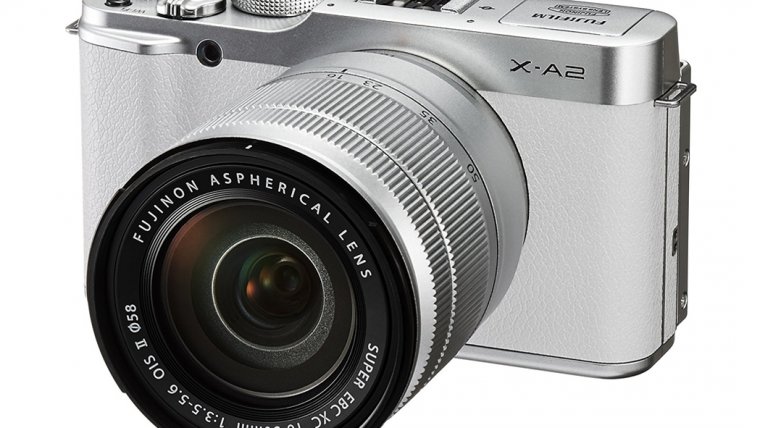
Another day and another Fujifilm camera to review, this shall be exciting. Fuji is one of those companies that just knows how to make a compelling camera, no matter the market it’s targeted at and how much it costs. You’ll always get a product that stands out from the crowd with its looks and very often one that offers excellent image quality and respectable feature set. The same can surely be said about the Fujifilm X-A2, a camera that we’re taking a look at in this review.
This one is an entry level interchangeable lens mirrorless camera that aims to take a piece of the pie from budget DSLRs and compact cameras. Judging solely by its specs and the company that’s behind it, we really think it stands a chance of doing so. While the compact cameras still have some fight left in them, the lower-tier DSLRs have begun to struggle in competing with mirrorless cameras in the same price bracket. The X-A2 is here to spoil the party even more and we believe that Fuji really has a capable contender at their hands. Let’s see if that’s really the case or will it turn out that we were just blinded by the Fuji brand and missed some important details that could change our opinion. After reading this and you still want to know more about best mirrorless camera, you may click this link.
Table of Contents
We’ve already mentioned that you shouldn’t expect any premium build materials here due to the price of the camera, but we have to admit that Fuji did a great job on the X-A2 despite the lack of those materials. The camera is made out of hard plastic that doesn’t feel cheap and actually feels quite rigid. The paint job is also good and while it still can’t look like metal it mimics the look rather well. The faux leather that surrounds a large amount of the camera’s body helps a lot with both the grip and the overall looks. A very stylish camera Fuji has made like other brands such as Olympus Pen E PL8 which has been stylish of its kind, too. We have a pretty neat little camera on our hands here. At 350g, it has some weight to it for a mirrorless camera, but it shouldn’t feel cumbersome to use no matter how much strength you have in your arms. All the dials and buttons are also made out of plastic, but like the rest of the camera they are well made and we had no problem in using any of them. They are also nicely laid out and neither one of them felt out of place. To help with holding the camera more firmly Fuji also put a decent size grip at the front and a textured thumb rests on the back of the camera. Now, that we’ve shared more details about how the Fujifilm X-A2 feels to use, it’s time to take a tour around its body.
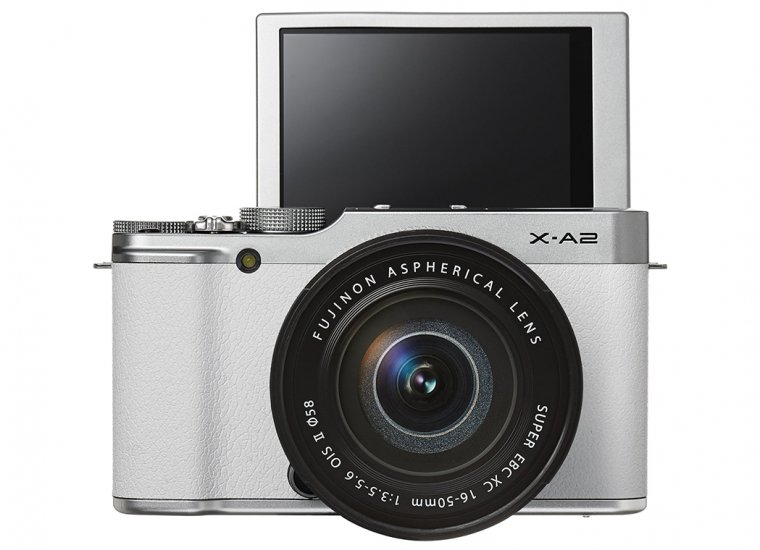
The front of the camera is pretty clean and only focus assist light and the lens release button can be found. The same can be said about the sides of the camera as they only hold the necessary flaps and all the ports beneath them. Taking a look at the top of the camera reveals the pop-up flash compartment, a hot-shoe, main mode dial, a shutter button that doubles as an on/off switch, a Fn button that also serves as a quick access to the Wi-Fi features as well as the control dial that can be used either for exposure compensation or for adjusting shutter speed. Lastly, let’s take a look at the back of the camera. The display itself covers the most of the back only leaving room for the Flash release button at the top of it and the rest of the controls located on its right.
First, you’ll notice the control dial that can be used to navigate through the menus, adjusting various settings or for zooming in and out of your photos while you’re in playback mode. In the center, you’ll find the four-way navigation controller and the Menu/OK button inside of it. Each of its buttons also has secondary functions giving you a quick way to get to the Timer, AF modes, White Balance or burst settings. There are only four buttons left and these are the Disp/back, direct video record, Playback and the Q menu button. Considering the audience the X-A2 is targeted at, it sure has a healthy amount of manual controls, so we are pleasantly surprised in this regard. So, how is easy is it to use and how well do these controls tie in with the menu system and the user interface? Pretty easy, actually. Fuji has done a really good job with their entire interface and it shouldn’t take an average user long to figure out how to work with it and only start to worry about taking photos and videos instead of wasting time with remembering where everything is and what it does. The Q menu feature is really helpful in that regard as it gives you one button access to all the most important options like ISO, aperture, WB, file size and quality and so on. When inside the menu, you’ll navigate through it with the navigation controller and change the values with the help of the control dial. It’s quick, easy and painless, just like it should be. We are aware that some people will miss the lack of a touchscreen and that is something you should take into account when deciding if the X-A2 is the right camera for you. It would be nice if Fuji included this functionality, but honestly, with the entire interface and all the controls executed so well, we really didn’t miss the touchscreen that much. Also, since this is a camera which is targeted at a less tech savvy users, Fuji also included a very capable Advanced Scene Recognition Auto mode which has as many as 58 different scene types in it and that should result in reliable experience in most shooting conditions.
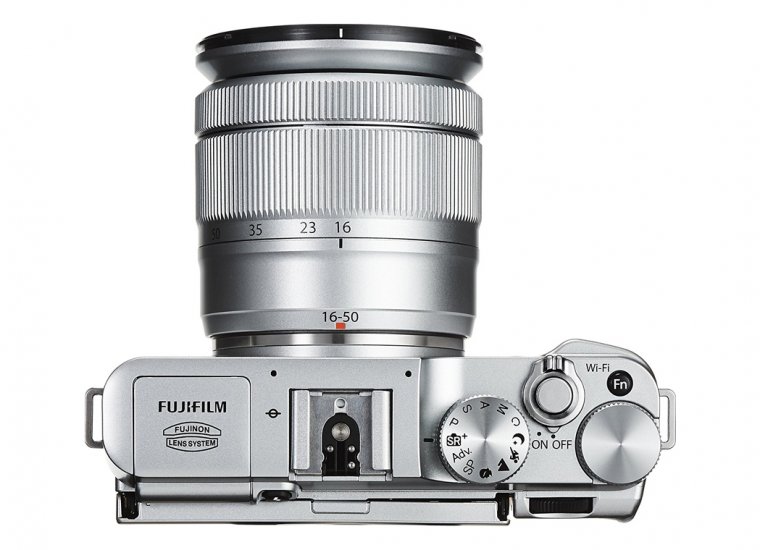
For those that don’t plan on tinkering with their photos in processing software, Fuji also included both the Advanced Filters and Film Simulation Modes. There are 13 different advanced filters like for example Partial Color, Soft Focus, Toy Camera, Miniature and so on. There are only 5 Film Simulation Modes, but those that are included are actually really nice and we are sure that a lot of users will appreciate having them at their disposal. These are the Provia/Standard, Velvia/Vivid, Astia/Soft, B&W and Sepia modes.
Lastly, let’s talk about the Wi-Fi capabilities on the X-A2. There aren’t any features available right from the camera itself, so you have no choice but to connect the X-A2 to your smartphone or tablet to gain access to those. Once you install the Fujifilm Camera App you can instantly backup your photos to your smart device or your PC, post them on a social network or embed them with GPS data. Unfortunately, another cost-effective method that Fuji decided to implement was to disable the option to remotely control the X-A2 via the available application. It surely isn’t something that your average user will use on daily basis, but it’s still a shame that it’s missing. So aside from this and the lack of a viewfinder, we really couldn’t find anything else wrong with the X-A2 in regards to its body and how well it handles the everyday tasks.
Right off the bat, we have to say that we are very pleased with what the X-A2 has to offer in terms of both AF and manual focusing. It sports a contrast detect AF system with 49 focus points and the system in question performs very admirably. It’s not as good as some phase detect AF systems, but it comes very close on some occasions, even when it comes to tracking moving subjects. While the tracking performance isn’t the best we’ve seen, it’s still very commendable for a camera in its class and that means it’s perfectly usable as long as your expectations are within reason. The AF speed also greatly depends on the lens being used, so to get the most out of the X-A2 in this regard you will have to invest in some quality glass, as the kit lens that usually comes with it is a little slower than more expensive lenses. There’s also a neat feature that lets you change the size of your focus point which is accessed with the rear control dial. It surely helps with more precise focusing and a lot of photographers will appreciate this feature. The X-A2 is also well equipped when it comes to focusing manually. First, you have the option to focus by looking at the distance scale at the bottom of the screen and at the same time, you can also magnify the view on your screen by pressing the rear control dial. Secondly, you can do it by enabling focus peaking which colors the edges of what’s currently in focus white. This is the best focusing method by far and it’s very easy to focus this way, so we are very pleased to see this included on the X-A2.
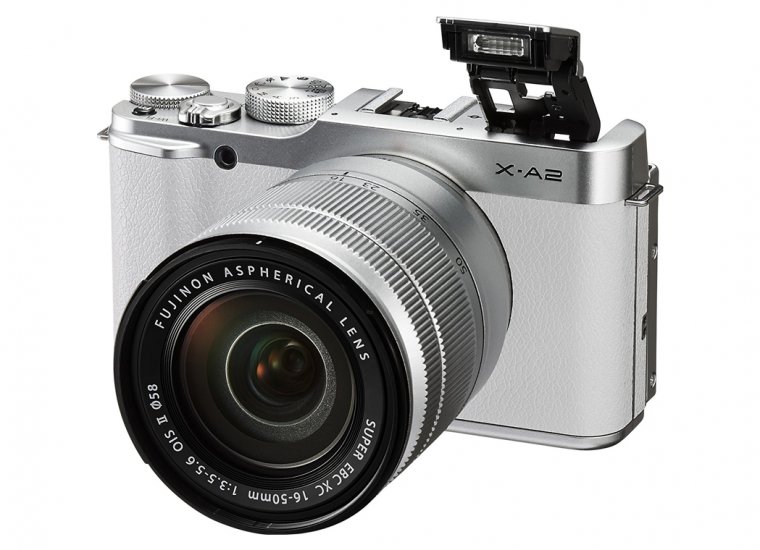
The overall performance of this camera is great and almost flagship worthy. It’s easily comparable to what you get with upper tier offerings from Fuji and that’s all thanks to that capable EXR II Processor and well-made and clean menu system. When it comes to shooting quick bursts of images you get the option to shoot at two speeds: 5.6 and 3 fps. The buffer size for the first one is around 30 JPEGs or 10 RAW files and 50 JPEGs and also 10 RAW files for the slower option. So, if you stick with JPEGs, you will get a pretty decent performance. There is one caveat though and that’s the lack of continuous AF while in burst mode; meaning that the focus is locked on the first frame and that’s it. This does make the burst mode on the X-A2 a little less useful, but it still not a bad performance overall. When it comes to battery life, we get well above average performance with 410 shots per charge. This is great to see on an entry-level camera since many users won’t even think about changing the battery on their camera or even getting an extra one. So, aside from the slightly limited burst rate, the Fujifilm X-A2 is a great performer when it comes to focusing and also performance in general.
While the X-A2 shouldn’t be anyone’s first choice when it comes to video recording, it still holds surprisingly well in doing that job. Like you would expect at this price point there are no fancy features like 4K recording or even a 1080p 60 fps mode and you’ll have to make do with the standard video recording at 1080p and at 30 fps. There’s also no microphone jack for connecting an external microphone, but the audio recorded with the integrated stereo microphones is decent and we had no real issues with it. While there aren’t too many advanced modes for video, you do get the full control of exposure, focus peaking and you can even apply the same Film Simulation effects that are available for stills to your videos as well. These can really give your footage a really distinctive look when applied at the right time. There is continuous AF available when shooting video, but it isn’t a particularly good implementation of that feature, so you should only use it when you really need it and stick with manual focus for any serious work. The quality of recorded videos is surprisingly an improvement over Fuji’s cameras that have the X-Trans CMOS sensor but still average at best, just as we expected. There is one positive side to all of this and that’s a very good noise performance in low light, but that is it. So, nothing’s changed here with the X-A2 and the philosophy that Fuji cameras are primarily made for shooting stills remains.
To our big surprise, one of the strongest aspects of the X-A2 is its image quality. This is something that we can’t say very often when an entry level camera is in question. It looks like the lack of Fuji’s well regarded X-Trans sensor didn’t hurt the X-A2 even the slightest as it still performs great in all aspects. While the amount of detail you can get out of its sensor is pretty good and so is the dynamic range, the thing that impressed us the most was the noise performance. You can easily get very usable shots at an ISO of 1600 and 3200 and you can even get away with shooting at 6400 on some occasions. Going higher than that degrades the image quality too much and you lose the ability to shoot in RAW since the last two ISO values are available only for JPEGs. This is really an exceptional performance from a camera at this price point and it’s so good that it easily beats even more expensive cameras from some other manufacturers. What is also good is that the kit lenses that usually come with the X-A2 cope very well with its sensor and you can get great image quality even with cheaper glass like those lenses. Another good thing is that the JPEG processing is mature and usually keeps a good balance between sharpening and noise reduction, so you don’t even need to shot in RAW to get good results.
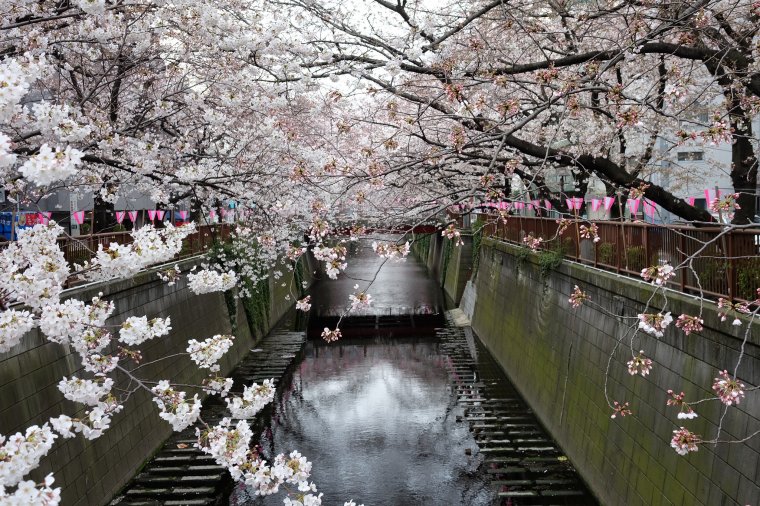
Going higher than that degrades the image quality too much and you lose the ability to shoot in RAW since the last two ISO values are available only for JPEGs. This is really an exceptional performance from a camera at this price point and it’s so good that it easily beats even more expensive cameras from some other manufacturers. What is also good is that the kit lenses that usually come with the X-A2 cope very well with its sensor and you can get great image quality even with cheaper glass like those lenses. Another good thing is that the JPEG processing is mature and usually keeps a good balance between sharpening and noise reduction, so you don’t even need to shot in RAW to get good results.
So, what are our final thoughts when it comes to Fujifilm X-A2? Is it yet another successful camera among many or did Fuji miss the opportunity to compete with other cameras in its price range? Well, it could definitely be considered a success, there’s no doubt about it. Fuji has once again found the right balance between price and quality. While the X-A2 doesn’t sport the impressive build quality of some of the more expensive Fuji cameras, it still doesn’t feel cheap and manages to keep that iconic look. It’s also very easy to use and a joy to shoot with due to the nicely laid out control scheme and well-implemented user interface. The lack of a viewfinder will surely bother some people, but it wasn’t a deal breaker for us when you take into account the audience this camera is targeted at. The autofocus performance is also good and so is the battery life, but the X-A2 still shouldn’t be your first choice as a sports or action camera due to its limited burst rate. Video quality still isn’t up to par with some of the competition, but on the flip side, the stills quality is the best in class and even goes above that in some occasions. So, if you’re looking for a quality camera for a reasonable price and you care more about shooting stills than video than the Fujifilm X-A2 is certainly a very good choice.
The lack of a viewfinder will surely bother some people, but it wasn’t a deal breaker for us when you take into account the audience this camera is targeted at. The autofocus performance is also good and so is the battery life, but the X-A2 still shouldn’t be your first choice as a sports or action camera due to its limited burst rate. Video quality still isn’t up to par with some of the competition, but on the flip side, the stills quality is the best in class and even goes above that in some occasions. So, if you’re looking for a quality camera for a reasonable price and you care more about shooting stills than video than the Fujifilm X-A2 is certainly a very good choice.
Comments (1)
Thank you so much!
Help me to decide if i should buy one.